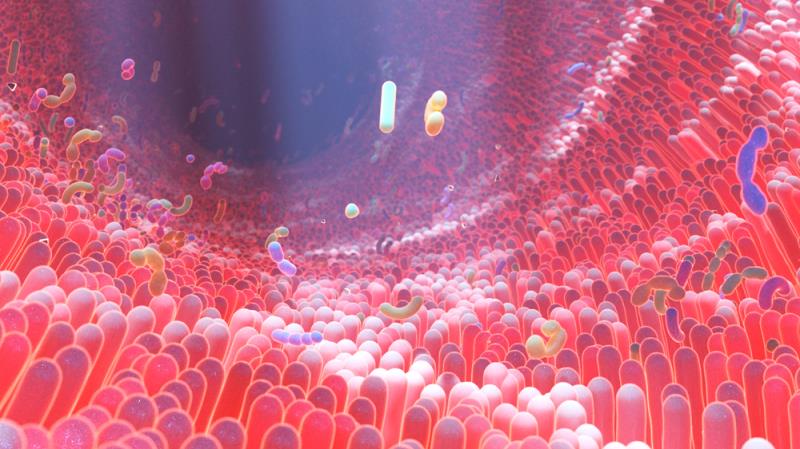Can gut microbiome composition predict response to pembrolizumab +/- chemo in treatment-naïve mNSCLC?





Research findings from Yonsei Cancer Center in South Korea, presented at European Society for Medical Oncology Targeted Anticancer Therapies Asia Congress (ESMO TAT Asia) 2025, suggest a correlation between butyrate-producing Faecalibacterium enrichment and clinical response to pembrolizumab with or without chemotherapy in treatment-naïve patients with metastatic non-small-cell lung cancer (mNSCLC).
Preclinical studies of epithelial tumours, such as melanoma and NSCLC, have shown that harnessing the gut microbiome resulted in improvement of therapeutic responses to immunotherapy. [Lung Cancer 2024;doi:10.1016/j.lungcan.2024.107862] “Targeting and modulating gut microbiome by dietary changes, probiotics and faecal microbiota transplant may potentially improve therapeutic outcomes in lung cancer,” said Dr Jii Bum Lee of the Division of Medical Oncology, Department of Internal Medicine, Yonsei University College of Medicine, Seoul, South Korea.
The objective of the present study was to identify the role of microbiome in treatment-naïve patients with mNSCLC and correlate microbial features with response to pembrolizumab monotherapy or pembrolizumab plus chemotherapy. The researchers also assessed gut microbiome dynamics during treatment and after progression, and evaluated the relationship between gut microbiome signatures and diet, probiotics and antibiotics use. [Lee JB, et al, ESMO TAT 2025, abstract 38O]
Of the 92 patients involved in the study, 24 were treated with pembrolizumab monotherapy and 68 received pembrolizumab plus chemotherapy. Overall, there were 50 responders (defined as having a complete response, partial response, or stable disease ≥6 months) and 42 nonresponders. Among both responders and nonresponders, 74 percent received pembrolizumab with chemotherapy.
PD-L1 expression levels were broadly similar between responders and nonresponders (PD-L1: <1 percent, 24 vs 28 percent; 1–49 percent, 38 vs 40 percent; ≥50 percent, 38 vs 32 percent in responders vs nonresponders). A substantial proportion of patients were taking antibiotics at screening (52 percent of responders and 34 percent of nonresponders), while only approximately a fifth of responders and nonresponders were taking probiotics at screening.
“Heatmap of baseline stool samples showed that butyrate-producing bacteria, such as Faecalibacterium, were enriched in responders, while probiotic bacteria, such as Lactobacillius, and inflammation-inducing Escherichia were enriched in nonresponders,” reported Lee. “Patients with high vs low enrichment of Faecalibacterium had longer progression-free survival [PFS, 10.3 vs 4.5 months] and overall survival [OS, 21.1 vs 10.4 months].”
The reverse was true for Lactobacillius. Patients with low vs high Lactobacillius enrichment had longer PFS (10.7 vs 3.3 months) and OS (18 vs 5.1 months).
High abundance of Faecalibacterium was associated with higher intake of total dietary fibre, while high Lactobacillius was not.
“While no correlation was found between probiotics use and Faecalibacterium abundance, low Faecalibacterium abundance was associated with use of antibiotics,” highlighted Lee. Also of note, high Faecalibacterium abundance was associated with immune-related adverse events (AEs) in the pembrolizumab plus chemotherapy group. No associations were found between Lactobacillius abundance and use of antibiotics or probiotics as well as any immune- or chemotherapy-related AEs.
“Our group is conducting further analysis to evaluate treatment response prediction using gut microbiome,” concluded Lee.